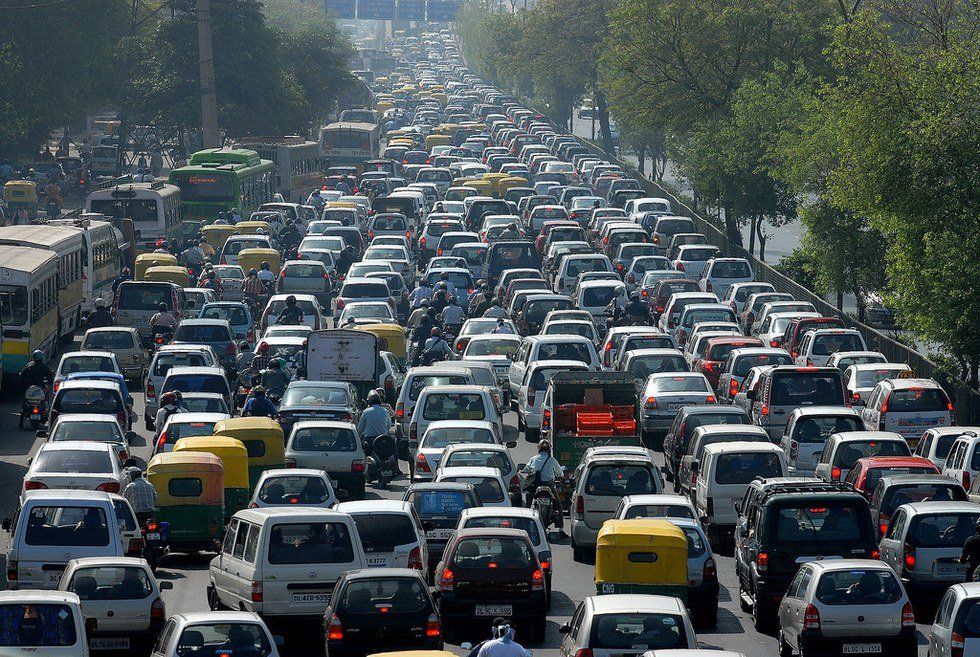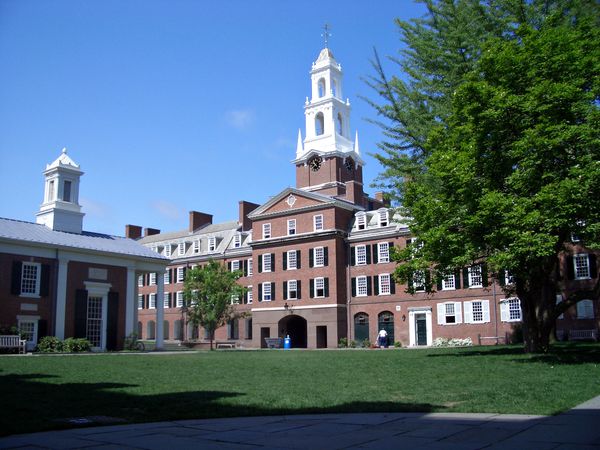One of the worst parts of living in a large city is the traffic. In Nashville, it seems that every day rush hour traffic starts earlier and you have to spend 5 more minutes looking for a parking spot even as you start to approach the suburbs. The traffic problem is the number one concern on many Nashvillian minds, however most do not have many ideas on how to solve the problem besides more roads.
Nashville currently has a system of public buses, but they are seldom used by those who can afford to have a car. The city also runs a train from the suburbs into the city during the morning and afternoon commute, but its lack of consistent run times make it inefficient. Current Mayor of Nashville Megan Barry has emphasized her commitment to solving the traffic problem, and one of her primary solutions has been improving public transportation as a more viable option. She created the “Transit Triathlon” in which she encouraged people to walk, ride a bike and take a public bus across the city.
Despite her efforts, it seems many residents of Nashville hope that others will take public transportation to get them off the roads, but they do not wish to take public transportation themselves. The arguments for avoiding public transportation have some merit. At the present moment, the bus system is slow and — to be honest — kind of sketchy. People also feel it restricts their ability to arrive or leave whenever they want. A third problem is that people do not want to walk from the stops to their destination; they want to be right there when they get out of their car.
Halfway across the world in Vienna, Austria, no traffic problem exists at all despite the city being almost three times bigger than Nashville. When walking downtown, one does not see lines of cars. In fact one rarely sees cars. Most people get around the city via the underground, U-bahn or via the streetcar system above ground. Those in the suburbs can also take one of many trains into the city. So why is Vienna able to make this work?
Obviously the public transportation system in Vienna is very advanced, it has been perfected over decades. The trains consistently running in a timely manner, the cleanliness of both the stations and the cars on the train themselves and the effective network of tracks across the city all largely contribute to the success of the public transportation system. However, even if Nashville implemented the exact same system, public transportation would not be used until the stigma around it changed.
What people need to understand most about public transportation are the benefits that it brings. When a group of people collectively agree to adopt public transportation as part of their culture and more people use the train, the higher demands leads to trains running more frequently, encourages advancement of the transportation system and encourages money to be spent on ensuring that the safety and cleanliness of the system is upheld. It can also provide personal benefits, such as quicker commute times, less stress about parking and even increased community sentiments as everyone comes together to ride around the city. When done correctly, public transportation provides the opportunity for cities to truly grow and flourish.





















